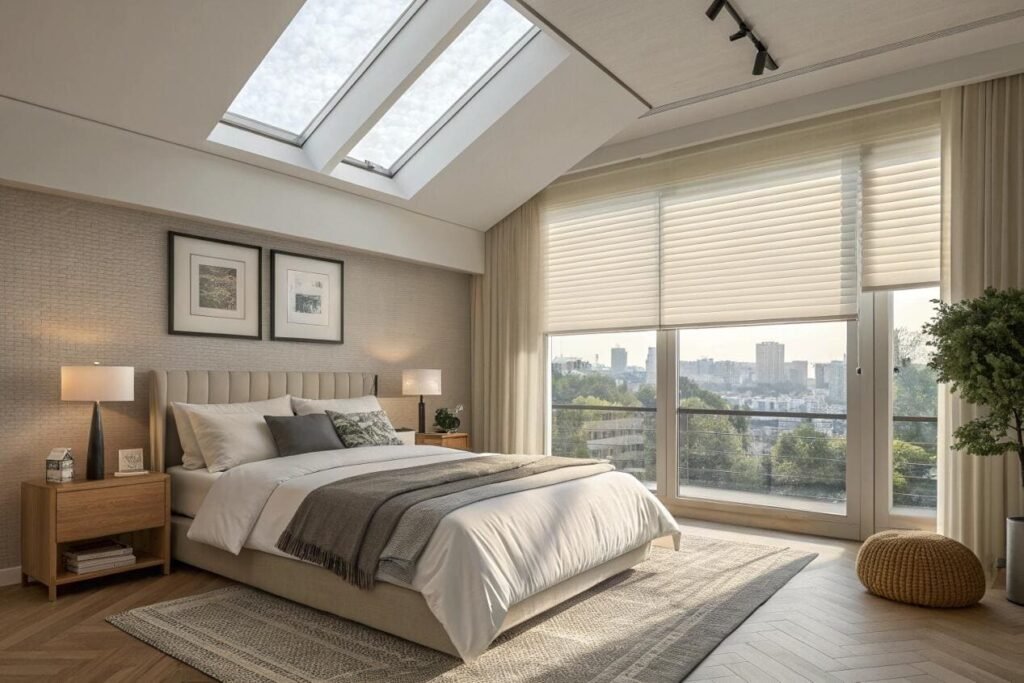You need blinds that perform, but worry about the cost. Making the wrong choice can lead to high energy bills and unhappy clients. Understanding the specific pros and cons is key.
Honeycomb blinds offer superior energy insulation[^1] and sound absorption[^2] (Pros). However, their cells can collect dust, and they block the view when closed, which are their main drawbacks (Cons). They are a worthwhile investment for projects prioritizing comfort and efficiency.

As a supplier, I've equipped countless projects with honeycomb blinds. They are often the perfect solution, but they aren't the right fit for every single window. Their unique design provides amazing benefits, but it also comes with specific trade-offs. To help you decide if they are right for your next project, let's break down the advantages and disadvantages in detail. This honest look will help you make a smart investment.
Are honeycomb blinds worth the money?
The higher initial price of honeycomb blinds can make you hesitate. But choosing cheaper blinds can cost you more in energy bills down the road. Honeycomb blinds provide real value.
Yes, for most projects, honeycomb blinds are worth the money. Their long-term energy savings, combined with excellent sound dampening, privacy, and a clean aesthetic, provide a long-term value that often outweighs the higher upfront cost.
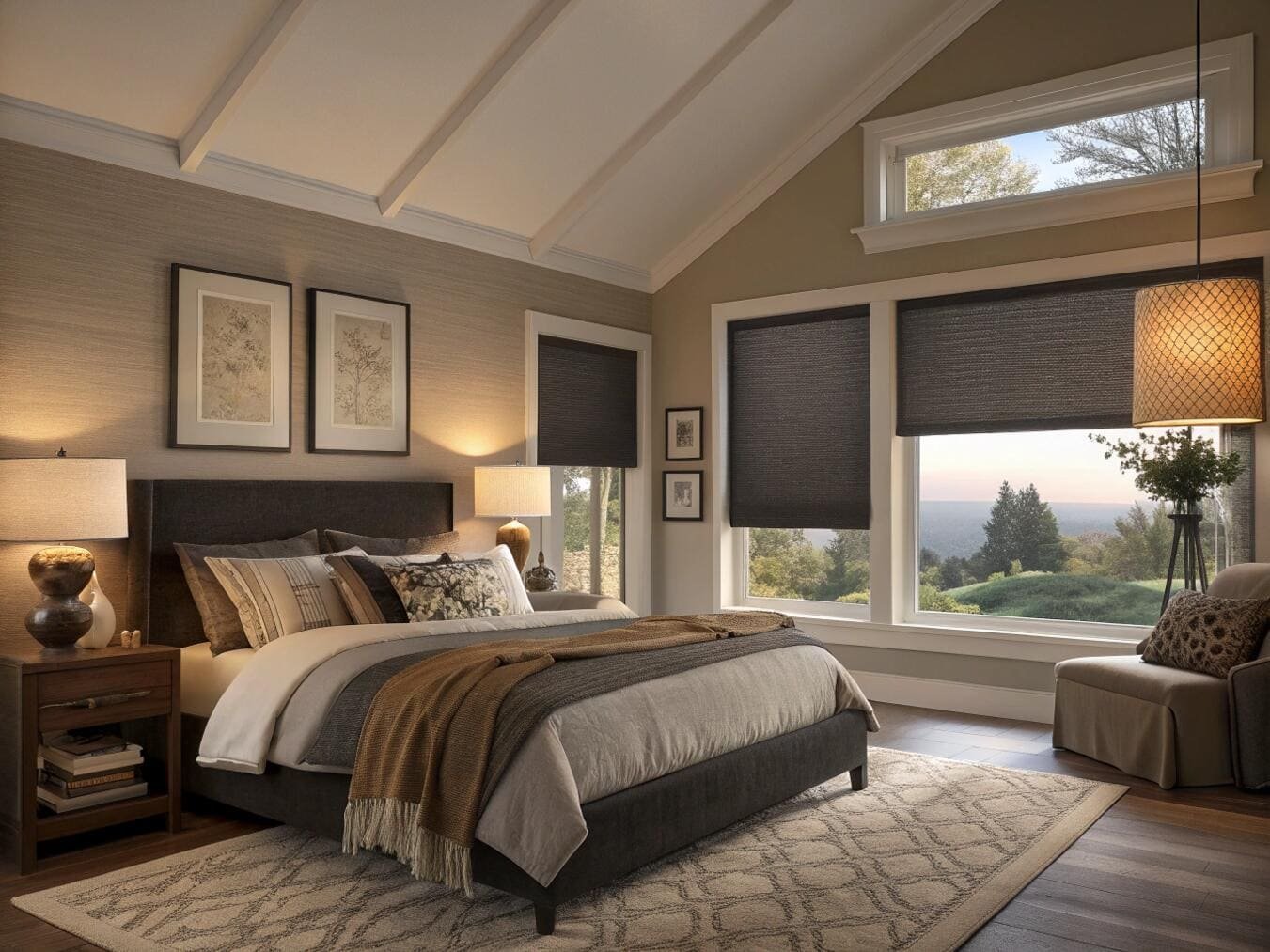
When I talk to project managers like you, the conversation often comes down to value. Honeycomb blinds are a perfect example of a product where you are investing in performance, not just looks. The return on this investment comes in several forms. The most direct return is financial, through lower energy bills year after year. But the value is also in the comfort of the space. A room that is warmer in the winter, cooler in the summer, and quieter all year round is simply a better space to be in. For high-end residential or commercial projects, this enhanced comfort is a huge selling point. It's not just a window covering; it's an upgrade to the building's performance and the occupants' quality of life.
How do honeycomb blinds reduce energy costs by up to 40% through superior insulation?
High energy bills from inefficient windows are a constant problem. Your HVAC system works harder, wasting money every single day. The unique design of honeycomb blinds offers a powerful solution.
Honeycomb blinds trap a layer of air within their cellular pockets. This trapped air acts as a powerful insulator, dramatically reducing heat transfer through the window. This can cut energy loss by over 40%, lowering heating and cooling costs.
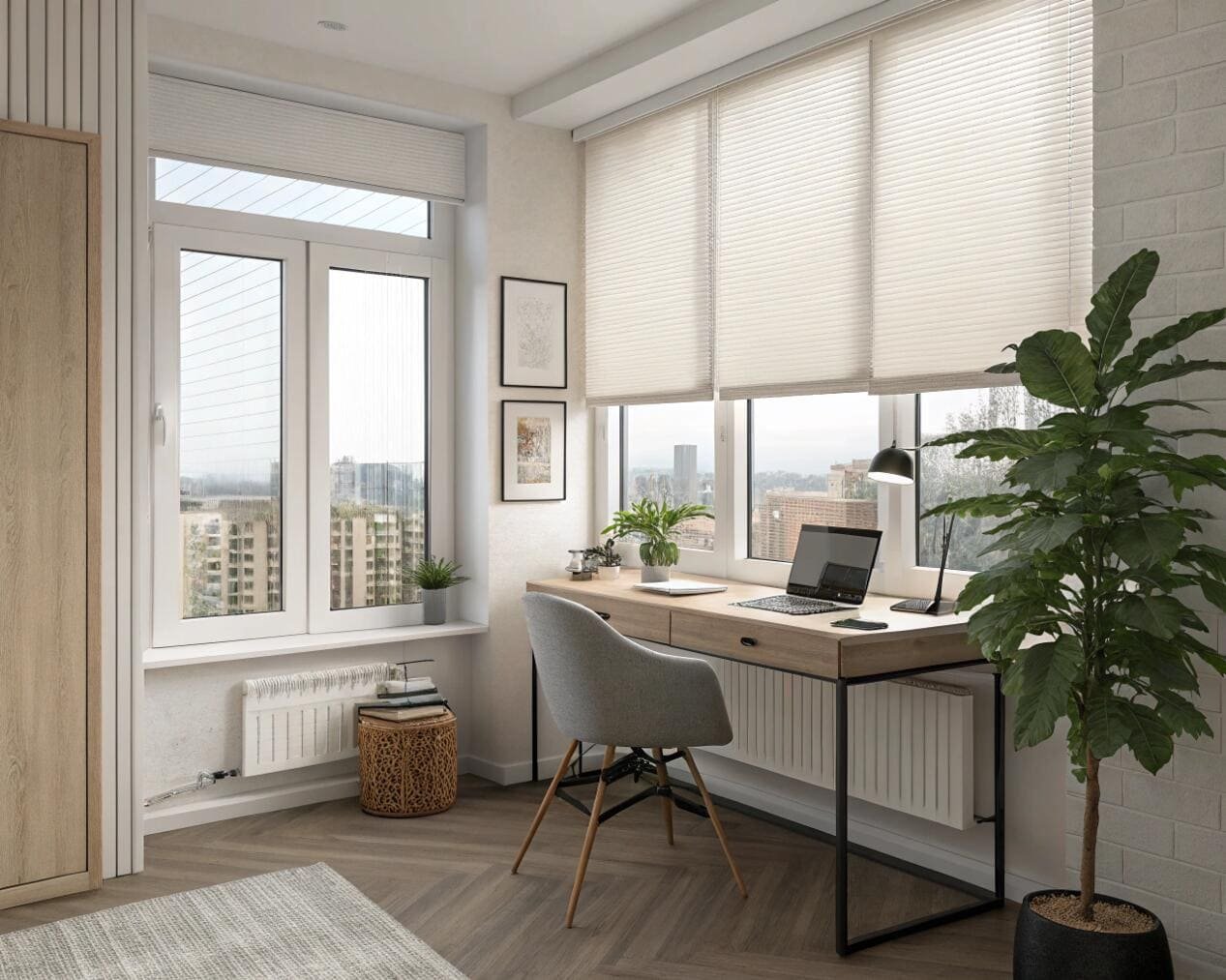
The science here is simple and effective. A window is essentially a thermal hole in a wall. We measure insulation with something called an R-value. A higher R-value means better insulation. A standard double-pane window might have an R-value of 2.0. A high-performance, double-cell honeycomb[^3] blind can add an R-value of 3.5 or more. This massively improves the window's ability to resist temperature change. In the winter, it keeps the heat you've paid for inside. In the summer, it keeps the hot outdoor air from getting in. This directly reduces how hard your furnace or air conditioner has to work, which means you use less energy and save real money on your utility bills.
What noise reduction benefits do honeycomb blinds provide with their cellular air pockets?
Distracting outside noise from traffic or construction is a common complaint. It can disrupt focus, conversation, and peace at home. Honeycomb blinds can significantly quiet a room.
The same air pockets that block heat also absorb and dampen sound waves. This cellular structure interrupts sound from passing through the window, reducing both outside noise and interior echo, which creates a more peaceful environment.
I find that the acoustic benefit of honeycomb blinds is an amazing bonus that often surprises my clients. Hard surfaces, like glass, reflect sound. This is why rooms with large windows can feel loud and have an echo. The soft fabric and air-filled structure of a honeycomb blind do the opposite. They absorb sound energy instead of reflecting it. Each cell acts like a tiny sound trap. This is a huge benefit for projects in noisy areas. I've supplied them for many urban apartments facing busy streets, home offices where focus is critical, and bedrooms where a quiet environment is essential for good sleep. The difference is not subtle; the room becomes noticeably calmer.
How do single-cell and double-cell honeycomb options cater to different insulation needs?
Not every project has the same performance requirements. Choosing the wrong type of blind can mean you either overspend or miss your insulation goals. Honeycomb blinds come in different constructions for this reason.
Single-cell blinds provide very good insulation for most climates. Double-cell blinds feature two layers of air pockets, offering maximum thermal performance. This makes them the best choice for extreme hot or cold climates where energy efficiency is the highest priority.
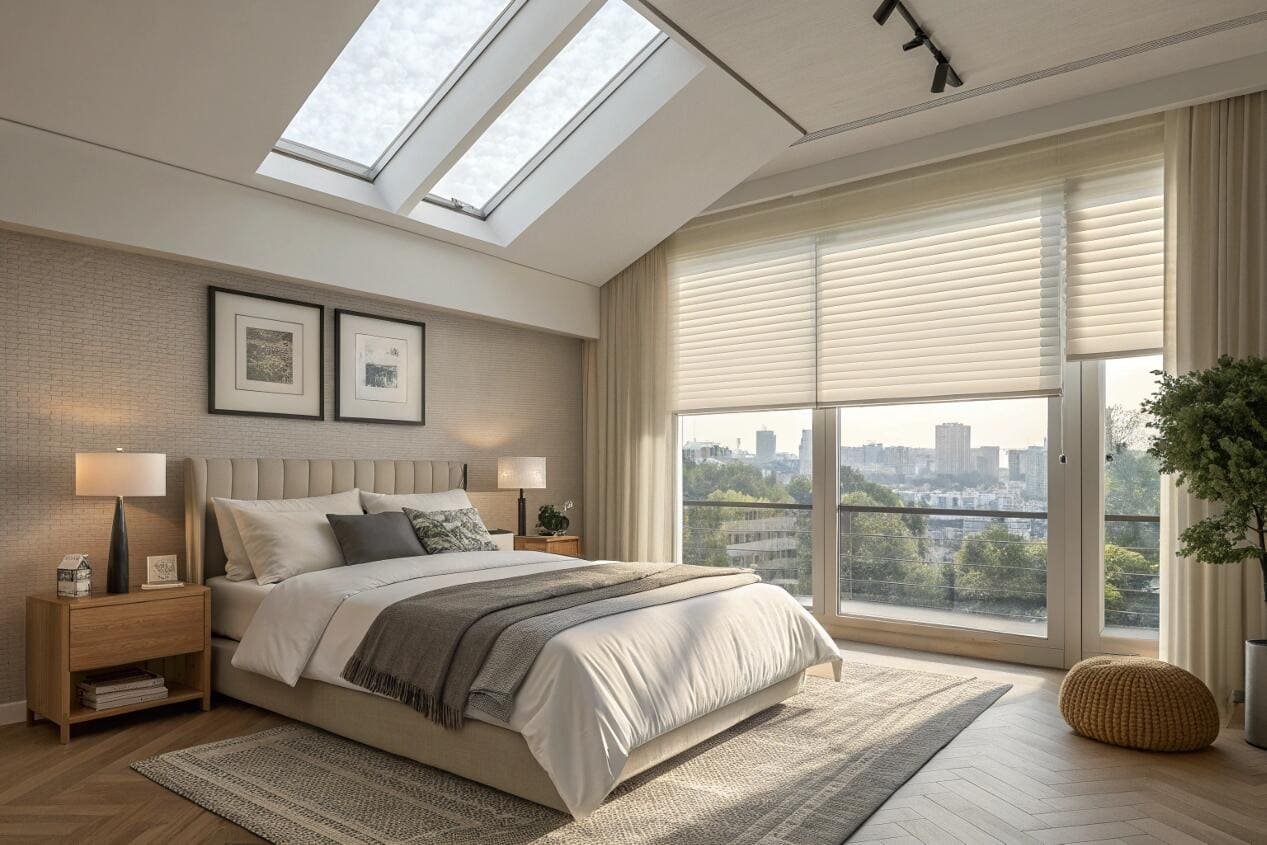
When a client needs to decide between single-cell and double-cell, I ask them about their main goal. The choice comes down to balancing performance and budget.
Comparing Cell Structures
| Feature | Single-Cell Honeycomb | Double-Cell Honeycomb |
|---|---|---|
| Insulation | Good | Best |
| Sound Absorption | Good | Best |
| Cost | More affordable | Higher investment |
| Best For | Moderate climates, budget-conscious projects | Extreme climates, maximum energy savings |
For projects in parts of North America or Europe with very cold winters or very hot summers, I almost always recommend the double-cell option. The extra insulation provides a noticeable improvement in room comfort and maximizes the energy savings over the life of the blind. For more temperate climates, a single-cell blind is a fantastic, cost-effective choice that still delivers great performance.
Do honeycomb blinds get dusty?
You want to specify a product that looks great and is easy to maintain. The thought of blinds gathering dust and looking dirty is a valid concern. The structure of honeycomb blinds does make this a point to consider.
Yes, the open, horizontal cells of honeycomb blinds can collect dust, pet hair, and even small insects over time. This is one of their primary disadvantages and requires a consistent cleaning routine to manage.
This is the most common "con" that I discuss with designers and contractors. It's important to be honest about it so the end-user knows what to expect. The same structure that provides all the great insulation benefits also creates small horizontal shelves that can catch airborne particles. How much of an issue this is depends on the environment. In a home with pets or near a busy road, you will notice dust accumulating more quickly. The good news is that cleaning them is not difficult, it just needs to be done regularly. A quick pass with the soft brush attachment of a vacuum cleaner every few weeks is usually all it takes to keep them looking pristine and prevent any major buildup.
Why are honeycomb blinds more difficult to clean than traditional window treatments?
You're weighing the maintenance effort of different blind types. A product that is hard to clean often ends up being neglected. The issue with honeycomb blinds is their internal structure.
Honeycomb blinds are harder to clean because dust gets trapped inside the cells. Unlike a flat roller shade you can wipe down, or a wood blind you can dust, you cannot access the interior of the honeycomb cell to clean it.
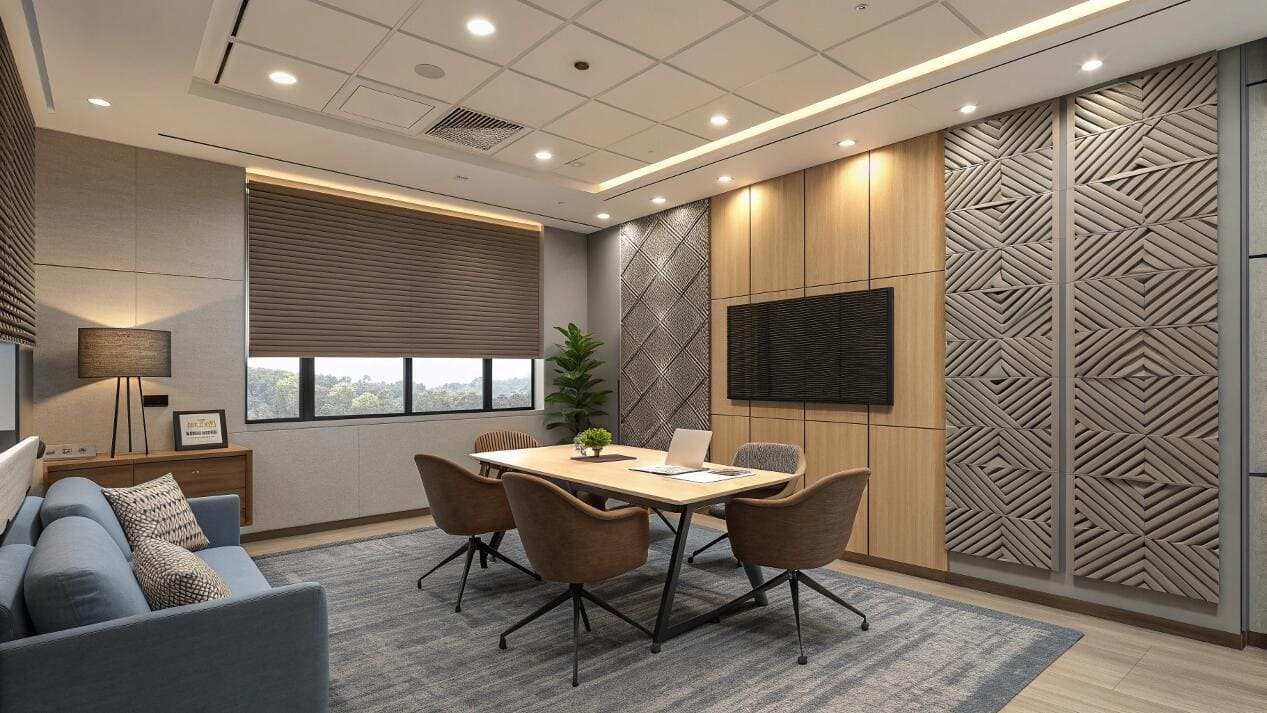
The cleaning challenge is a direct trade-off for their insulating power. Let's compare the process to other common window treatments to see the difference clearly.
Cleaning Method by Blind Type
| Window Treatment | Cleaning Process | Main Challenge |
|---|---|---|
| Honeycomb Blinds | Vacuum with a brush, use compressed air. | Dust gets trapped deep inside the cells. |
| Roller Blinds | Wipe the flat surface with a damp cloth. | Very simple; no internal parts to clean. |
| Venetian Blinds | Dust or wipe each individual slat. | Can be time-consuming but is straightforward. |
While you can't wipe the inside of the cell, using a can of compressed air is a very effective trick I share with my clients. Holding it at an angle, you can blow the dust right out of the cells from one side to the other. So, while it requires a different technique, keeping them clean is very manageable.
Can you see through honeycomb blinds at night?
Guaranteed privacy is non-negotiable, especially for bedrooms and bathrooms. The last thing a client wants is to realize their silhouette is visible from outside. This depends entirely on your fabric choice.
It depends on the fabric. Light-filtering honeycomb blinds will show silhouettes at night when indoor lights are on. For complete, 100% privacy, you must specify a blackout honeycomb blind[^4], which is fully opaque.
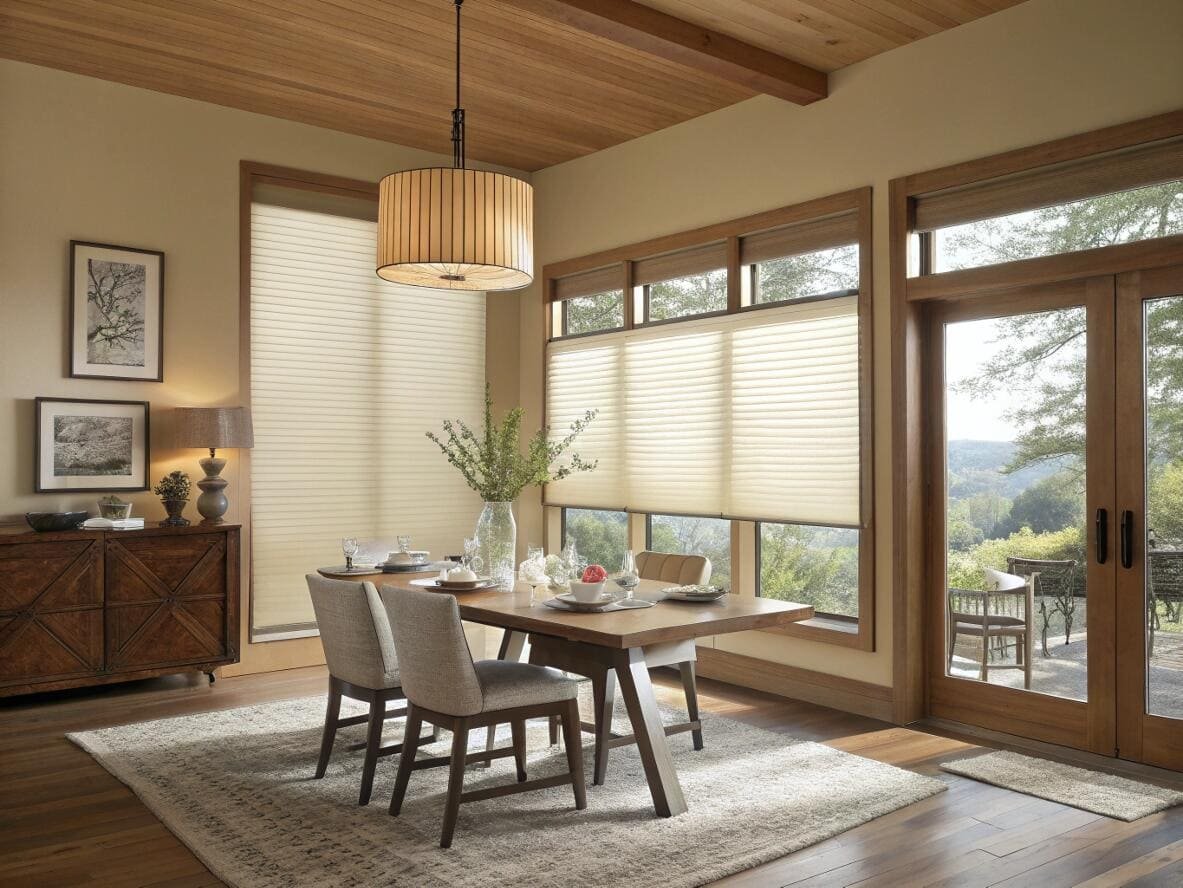
This is one of the most critical details to get right during the specification process. I always have a very direct conversation about this to avoid any surprises. The light-filtering options are beautiful during the day. They fill the room with a soft, diffused light while still providing privacy from direct view. But at night, with the lights on inside, they create what I call the "shadow puppet effect." You can't see details, but shapes and movements are visible from the street. For a living room, this is often perfectly fine. For a bedroom or a ground-floor bathroom, it is not. The solution is simple: for any room that requires absolute privacy, a blackout fabric is the only answer.
Are honeycomb blinds better than roller blinds?
You're trying to choose between two very popular, minimalist window treatments. Selecting the wrong one for the job means missing out on performance or paying for features you don't need.
Honeycomb blinds are better for energy insulation and sound absorption. Roller blinds are simpler, often more durable, and easier to clean. The "better" choice is the one that best matches the specific priorities of your project.
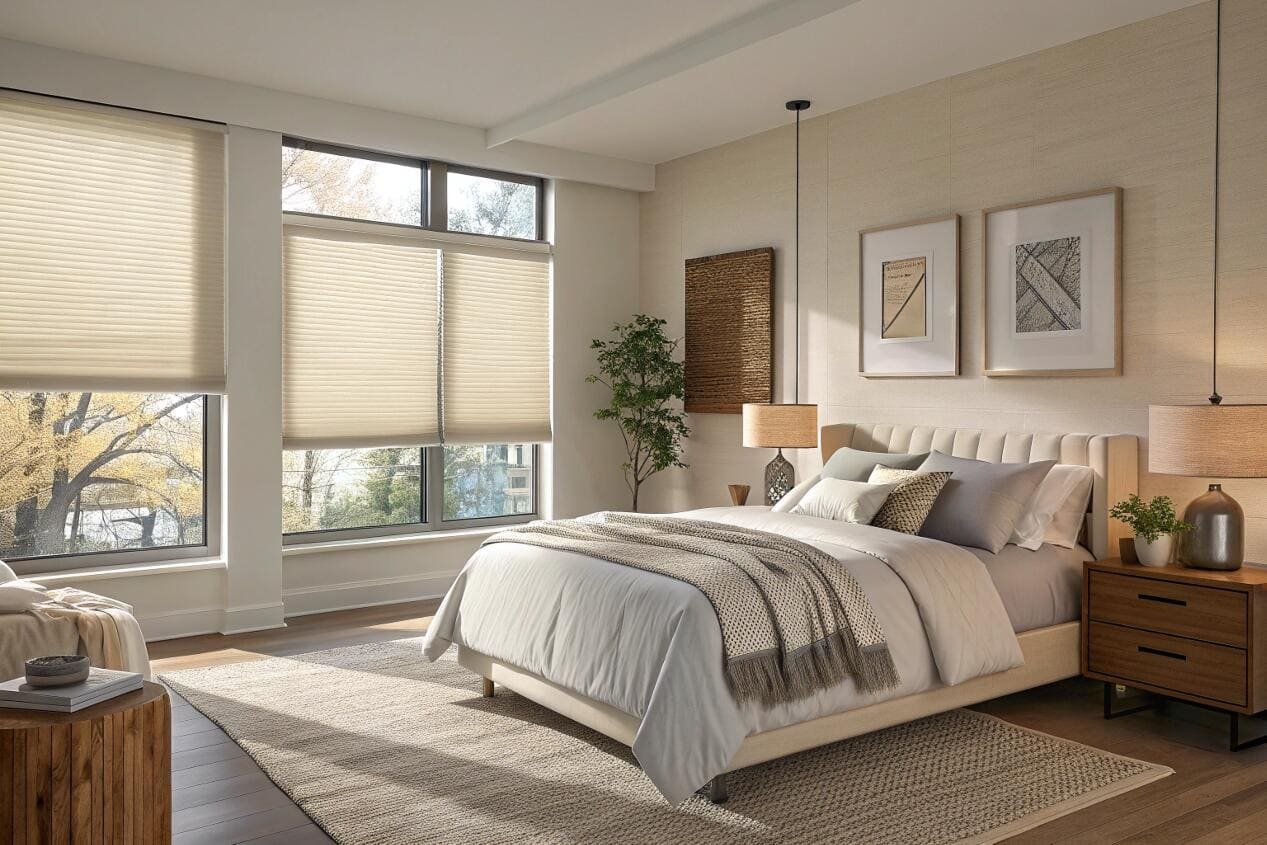
This is a question I answer almost every day. Both are excellent products, but they are designed to do different jobs. I help my clients choose by asking them what the number one priority is for a given room. Is it energy efficiency? Or is it budget and durability? The answer to that question usually makes the choice clear.
Honeycomb vs. Roller: Key Differences
| Feature | Honeycomb Blinds | Roller Blinds |
|---|---|---|
| Primary Goal | Insulation & Comfort | Simplicity & Style |
| Energy Savings | Excellent | Poor |
| Sound Reduction | Good | Poor |
| Cleaning | Moderate | Easy |
| Durability | Good | Excellent |
| Cost | Higher | Lower |
If the project demands thermal performance to reduce energy costs or create a quiet sanctuary, honeycomb blinds are the clear winner. If you need a simple, durable, and budget-friendly solution for a high-traffic area, a roller blind is often the smarter choice.
What is the lifespan of honeycomb blinds?
When you are specifying a product for a large project, you need confidence in its longevity. You don't want to deal with failures and replacements just a few years down the line.
A well-made, high-quality honeycomb blind will typically last 7 to 10 years, and often much longer with proper care. Lifespan depends heavily on the quality of the materials, the environment, and how it is operated.
As a provider focused on project solutions, durability is key. The reputation of my clients depends on the quality of the products they install. That's why we focus on blinds made with top-tier components. The fabric needs to be a resilient, spun-lace polyester that resists fading and holds its crisp pleats over time. The internal lift cords and the headrail mechanism are just as important; this is where cheaper blinds often fail first. Interestingly, opting for motorization can actually extend the life of a blind. The smooth, consistent motion of a motor puts less stress on the components than manual pulling, which can be uneven. When you invest in a quality honeycomb blind, you are investing in a product designed for years of reliable performance.
How do long-term energy savings offset the higher initial cost of honeycomb blinds?
The budget for any project is tight, and the higher upfront cost of honeycomb blinds can be a hurdle. It's tempting to choose a cheaper option. The key is to see it as an investment with a tangible financial return.
While honeycomb blinds cost more initially, their excellent insulation leads to lower monthly energy bills. Over several years, these cumulative savings can fully pay back the initial price difference compared to a less efficient blind.
This is a conversation about the Total Cost of Ownership, a concept that smart project planners love. You aren't just buying a blind; you are buying a decade of performance. A cheap, non-insulating blind has a low upfront cost but leads to higher ongoing energy costs for the life of the product. A honeycomb blind has a higher upfront cost but immediately starts lowering those ongoing energy costs. When you do the math over the 7-10 year lifespan of the blind, the total cost of the honeycomb blind is often significantly lower. For a large commercial building or a new residential development with hundreds of windows, these savings are substantial, making honeycomb blinds a very smart financial decision.
Conclusion
Honeycomb blinds are a strong investment in comfort and energy efficiency. While they demand more careful cleaning, their powerful benefits in cost savings and sound reduction make them a superior choice.
---
[^1]: Learn how honeycomb blinds trap air to enhance insulation and reduce energy costs effectively.
[^2]: Discover how honeycomb blinds can significantly reduce noise levels in your space for a more peaceful environment.
[^3]: Explore the superior insulation and energy efficiency offered by double-cell honeycomb blinds for extreme climates.
[^4]: Find out how blackout honeycomb blinds provide complete privacy and light control for sensitive areas.Partner with VelaBlinds for Your Next Project
Smart window treatments shouldn't be complicated. After working with 500+ distributors and contractors worldwide, I've streamlined the process to get you quality products, competitive pricing, and reliable support - every time.
Why project professionals choose VelaBlinds:
- ✅ Fast, Accurate Quotes - Detailed specs and pricing within 24 hours
- ✅ Transparent Pricing - No hidden fees, volume discounts clearly outlined
- ✅ Quality Assurance - Direct partnerships with certified OEM manufacturers
- ✅ Project Support - Dedicated account manager from quote to delivery
Start your next project:
📧 Quick Quote: Send your requirements to info@velablinds.com
📱 Direct Contact: WhatsApp +86 137 2012 8317
🌐 Browse Solutions: https://velablinds.com/
📁 Product Resources: Access spec sheets, catalogs & project files
Jimmy Chen, Founder
"I built VelaBlinds to solve the real challenges I faced as a project buyer - long lead times, unclear specs, and unreliable suppliers. Let's discuss how we can power your projects with smarter blinds."
Serving distributors and contractors across North America, Europe, and Australia since 2018.

